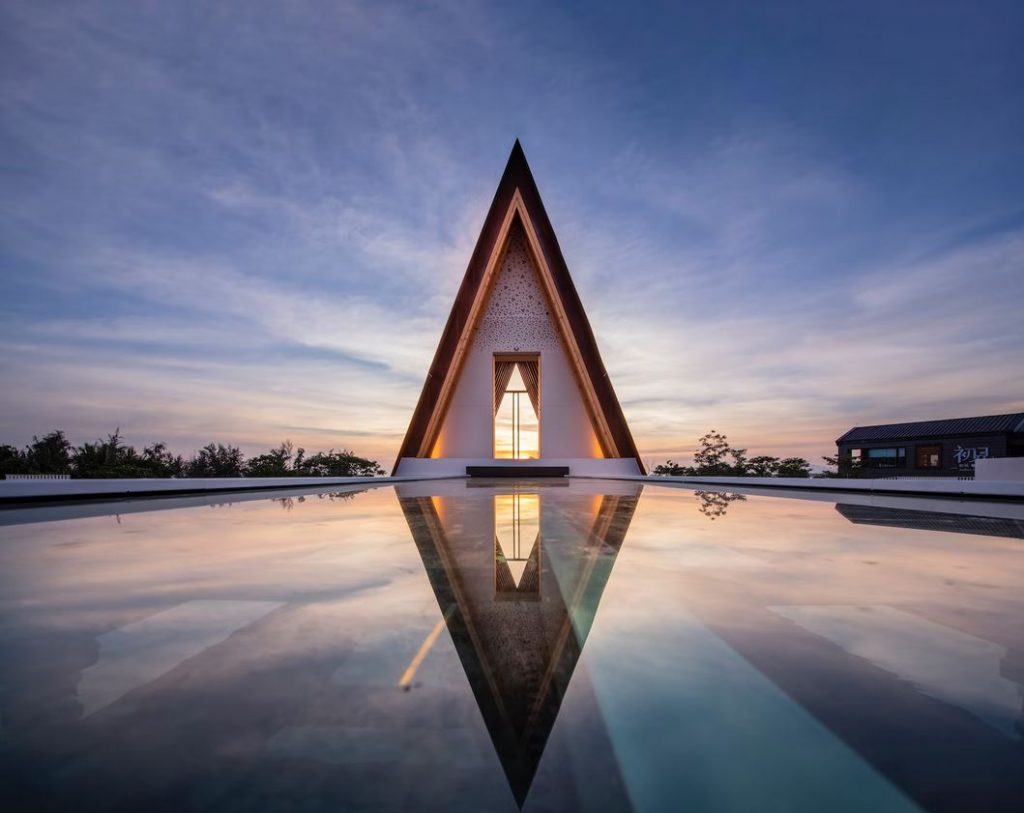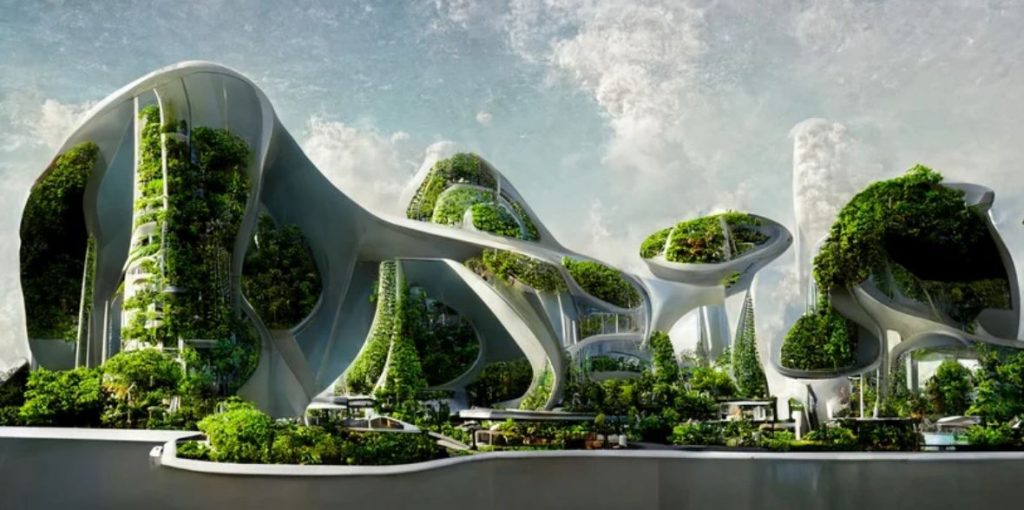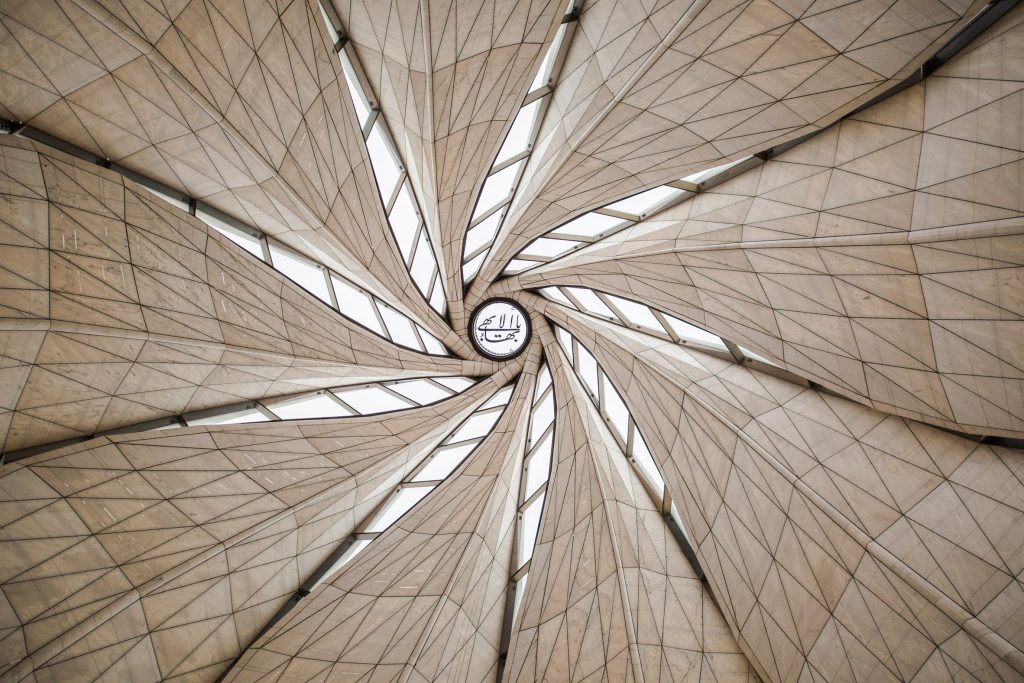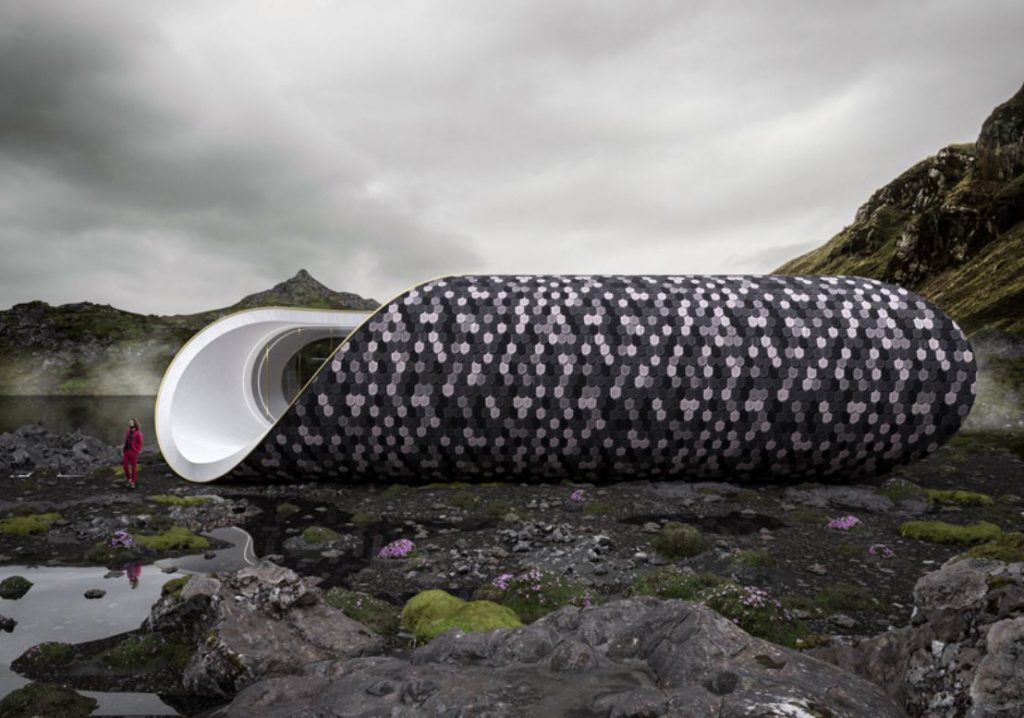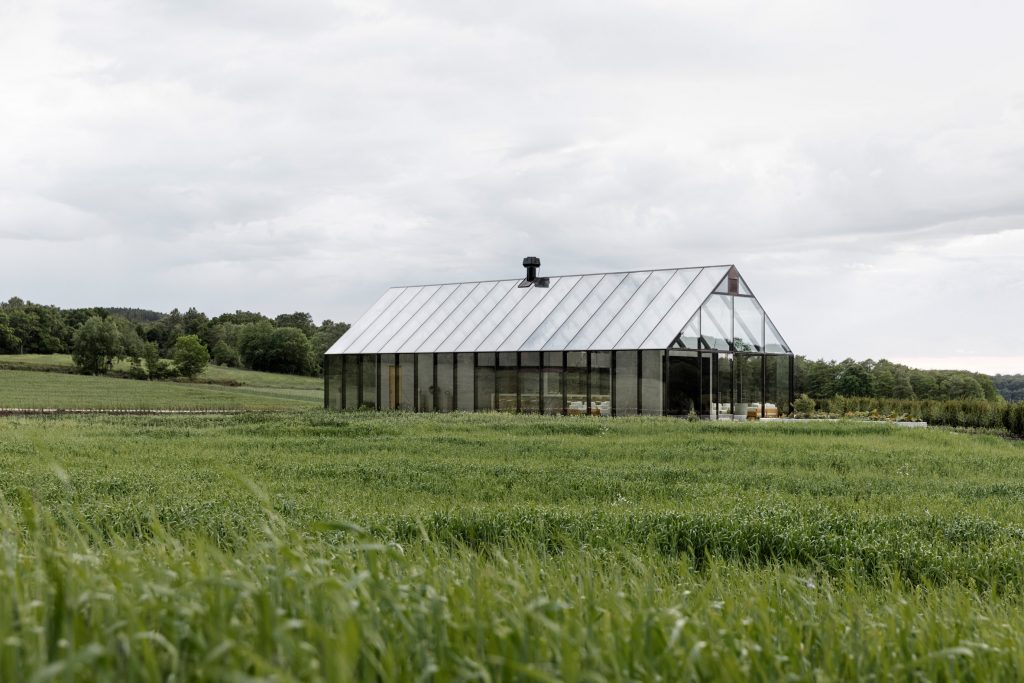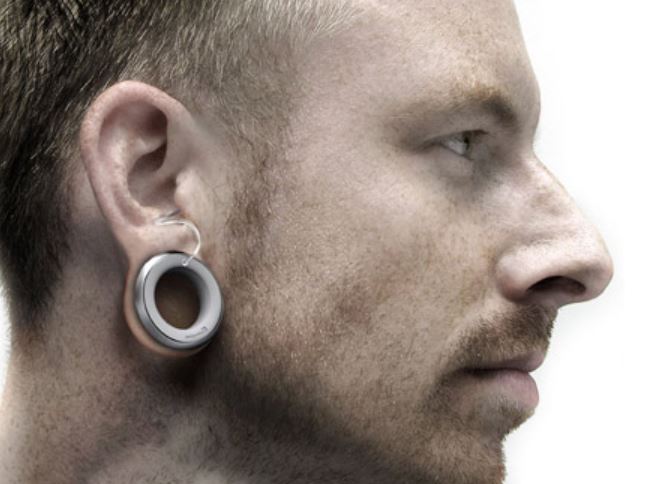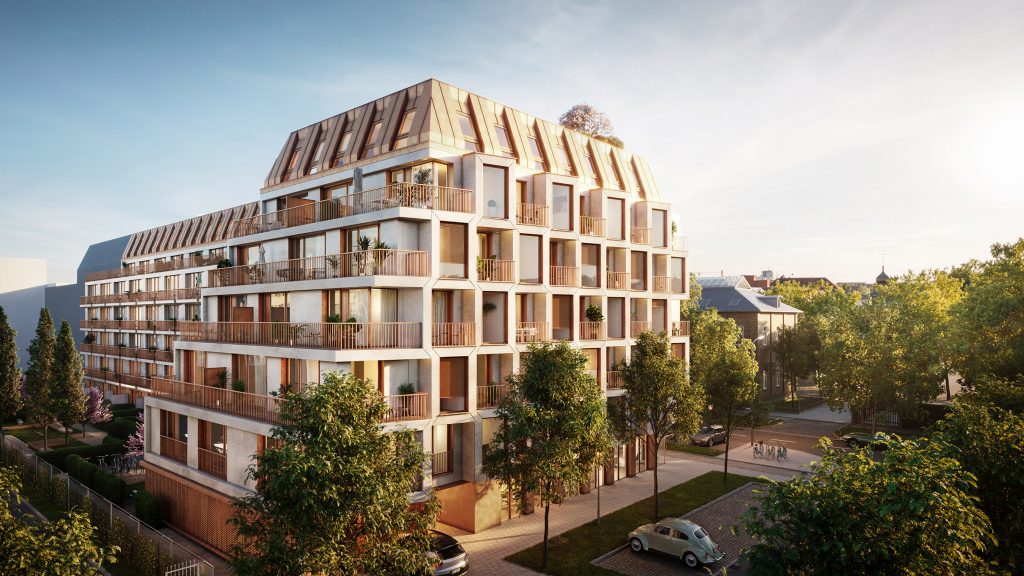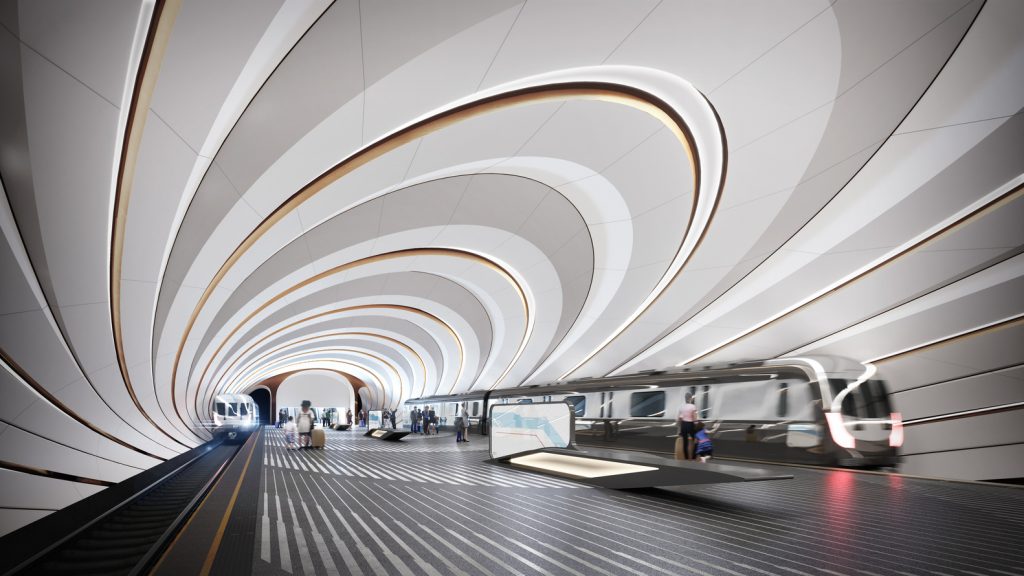When it comes to the history of architectural design, religious buildings are its root. The majority of cultures put a great focus on religion, so belief and practice across the globe has inspired some amazing and impressive religious architecture. We have selected several examples of sacral architecture that, rather than adopting the typical symbols of a church building, seek inspiration in contemporary forms and objects around.
